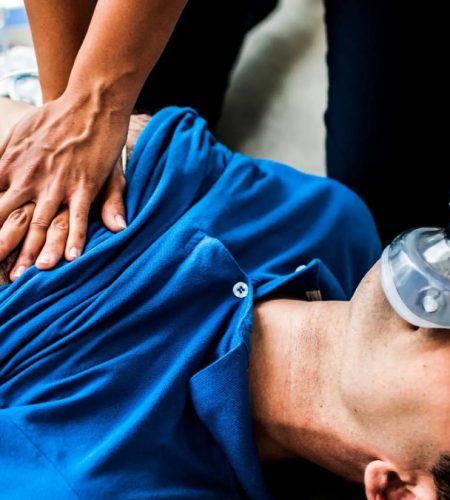In the dynamic world of healthcare, the importance of Basic Life Support (BLS) cannot be overstated. As the foundation of emergency care, BLS provides critical skills necessary to save lives in the event of cardiac arrest and other medical emergencies.
However, as medical knowledge and technology evolve, so must the methods used to teach and renew these essential skills. Innovative techniques in BLS renewal training are transforming how healthcare professionals and laypersons alike learn and retain lifesaving procedures, ensuring readiness when every second counts.
1. Virtual Reality (VR) Simulations
Virtual Reality has transcended the realm of gaming and entertainment, finding a crucial role in medical training. VR simulations offer an immersive, interactive environment where learners can practice BLS techniques without the constraints of a traditional classroom.
These simulations can recreate a variety of emergency scenarios, from a heart attack in a crowded park to a drowning incident at a beach. By engaging multiple senses, VR enhances memory retention and builds confidence in real-life applications.
Trainees can repeatedly practice compressions, ventilations, and AED usage, receiving instant feedback to refine their skills.
2. Gamification
Gamification incorporates game-design elements into BLS training to increase engagement and motivation. Points, badges, and leaderboards create a competitive yet fun atmosphere, encouraging participants to master BLS skills through repetition and reward.
Interactive modules can simulate emergency scenarios where quick decision-making and correct execution of BLS protocols earn players higher scores.
This approach not only makes learning more enjoyable but also fosters a deeper understanding of the material as trainees strive to improve their performance.
3. High-Fidelity Manikins
Gone are the days of basic CPR dummies. Today’s high-fidelity manikins offer realistic anatomical features and advanced feedback systems. These manikins can simulate various physiological responses, such as changes in pulse, breathing, and pupil reaction, providing a more comprehensive training experience.
Integrated sensors offer real-time feedback on compression depth, rate, and hand placement, allowing trainees to adjust their techniques on the spot. Such realism helps bridge the gap between practice and real-world application, ensuring that learners are better prepared for actual emergencies.
4. Adaptive Learning Platforms
Adaptive learning platforms use artificial intelligence to personalize BLS renewal training. These platforms assess a trainee’s strengths and weaknesses, tailoring the content and pace to individual needs.
By focusing on areas that require improvement and adjusting difficulty levels accordingly, adaptive learning ensures efficient and effective mastery of BLS skills. This customization not only saves time but also enhances the overall learning experience, making it more targeted and relevant.
5. Augmented Reality (AR)
Augmented Reality overlays digital information onto the real world, offering an interactive and enriched training environment. AR applications can guide trainees through BLS procedures step-by-step, providing visual cues and instructions directly in their field of view.
For example, an AR headset might highlight the correct hand placement for chest compressions or display real-time feedback on compression depth.
This hands-free, intuitive approach allows for continuous practice and immediate correction, reinforcing proper technique.
6. Mobile Learning Apps
Mobile learning apps bring BLS renewal training to the fingertips of learners. These apps offer convenient, on-the-go access to instructional videos, interactive quizzes, and virtual simulations.
Features such as push notifications for renewal reminders and progress tracking ensure that users stay on top of their training. By integrating learning into daily routines, mobile apps make it easier for individuals to maintain and update their BLS skills regularly.
7. Collaborative Online Platforms
Online platforms facilitate collaborative learning and peer-to-peer interaction. Virtual classrooms and forums allow trainees to discuss case studies, share experiences, and seek guidance from instructors.
Live webinars and interactive workshops provide opportunities for real-time learning and feedback. This collaborative approach fosters a community of practice where learners can continuously engage with the material and each other.
In conclusion, the integration of innovative techniques in BLS renewal training is revolutionizing how lifesaving skills are taught and retained. From the immersive experiences of VR and AR to the personalized touch of adaptive learning platforms, these advancements ensure that individuals are well-equipped to respond effectively in emergencies.
As technology continues to evolve, so will the methods of BLS training, ultimately leading to better preparedness and improved patient outcomes.

